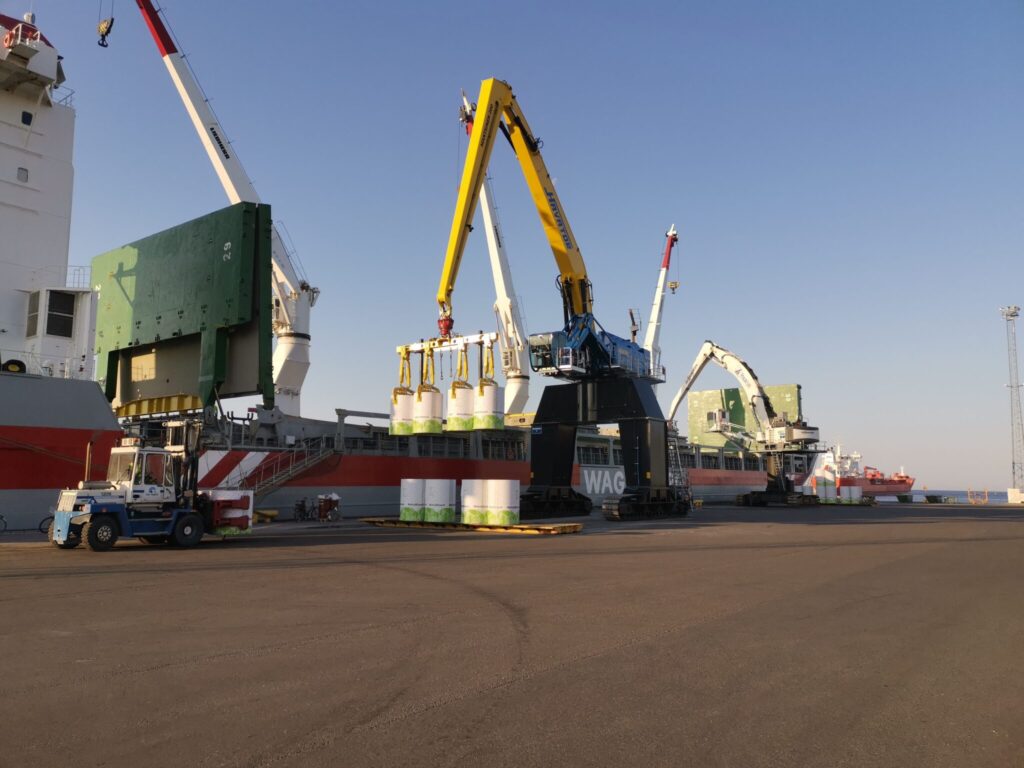The global trade of forest products, including timber, paper, and bioenergy, plays a vital role in economies worldwide. As this sector expands, managing the logistics of forest products cargo has become increasingly complex, requiring a sophisticated understanding of supply chain dynamics, regulatory environments, and environmental sustainability. Efficiently navigating these complexities is crucial for businesses to maintain competitiveness, meet customer demands, and comply with environmental regulations. One of the primary challenges in managing forest products cargo is the variability in supply chain routes and the need for multimodal transportation solutions. Forest products often originate from remote locations, necessitating a blend of road, rail, and maritime transport. This multimodal approach not only optimizes costs but also addresses the limitations posed by infrastructure in less accessible regions. Companies must collaborate with multiple logistics providers to ensure seamless transitions between different transport modes, which can be a daunting task.

Furthermore, the seasonal nature of forestry operations complicates logistics planning. Demand for forest products can fluctuate significantly based on market trends, climate conditions, and geopolitical factors. Effective inventory management is essential, requiring real-time data analytics to forecast demand accurately and wood pulp shipping optimize stock levels. Advanced technologies, such as artificial intelligence and blockchain, are increasingly being adopted to enhance visibility across the supply chain, allowing for more agile responses to changing market conditions. Compliance with international regulations and sustainability standards is another critical aspect of managing forest products cargo. Various countries have different legal frameworks regarding logging practices, environmental protection, and trade restrictions. Organizations must navigate these regulatory landscapes to ensure their operations align with legal requirements, such as the Lacey Act in the United States or the EU Timber Regulation. This not only involves adhering to laws but also committing to sustainable practices, such as sourcing from certified forests and minimizing the carbon footprint of logistics operations.
Moreover, environmental concerns are driving innovation in the logistics of forest products. Many companies are now investing in sustainable transportation solutions, such as electric vehicles and biofuels, to reduce emissions associated with cargo transport. Packaging materials are also evolving, with an emphasis on recyclable and biodegradable options to decrease waste. Successful management of forest products cargo hinges on a collaborative approach that integrates technology, regulatory compliance, and sustainable practices. By fostering partnerships across the supply chain and embracing innovative solutions, businesses can navigate the complexities of global logistics, ensuring the efficient delivery of forest products while minimizing environmental impact. In a world increasingly focused on sustainability, those who adapt to these challenges will not only thrive but also contribute to a more sustainable future for the forest products industry.

